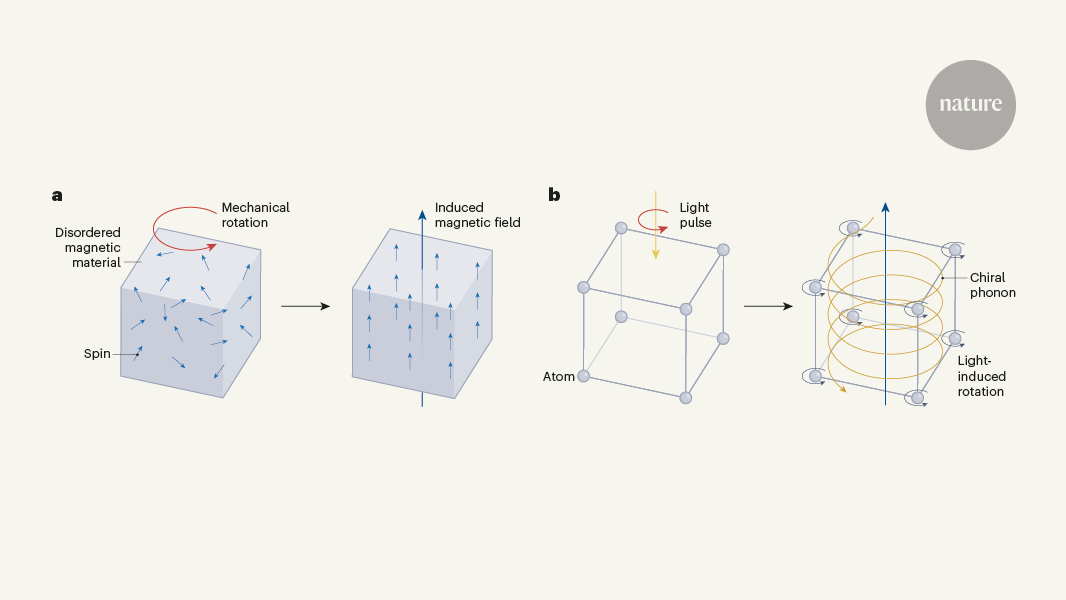Laser Pulses Induce Atomic Orbits and Magnetic Fields for Ultrafast Spin Switching in Electronic Devices
The article discusses how modern electronic devices require precise control of the intrinsic angular momentum of electrons, known as their "spin". Future computers are likely to rely on spin, and their effectiveness will depend on how fast the spins can be flipped.
Current technologies achieve spin switching using current-induced magnetic fields on a nanosecond timescale. However, the article suggests that ultrashort laser pulses could, in theory, flip spins a million times faster, in a matter of femtoseconds.
The key insight from the article is that laser pulses can be used to make the atoms in a material orbit around their positions in a crystal lattice. This induced atomic motion creates magnetic fields that could aid in the rapid switching of electron spins, as reported by the studies of Basini et al. and Davies et al.
This breakthrough could have significant implications for the development of future electronic devices that rely on ultrafast spin manipulation, potentially leading to faster and more efficient computing technologies.
Customize Summary
Rewrite with AI
Generate Citations
Translate Source
To Another Language
Generate MindMap
from source content
Visit Source
www.nature.com
Light makes atoms behave like electromagnetic coils
Key Insights Distilled From
by Carl P. Roma... at www.nature.com 04-10-2024
https://www.nature.com/articles/d41586-024-00889-w
Deeper Inquiries
